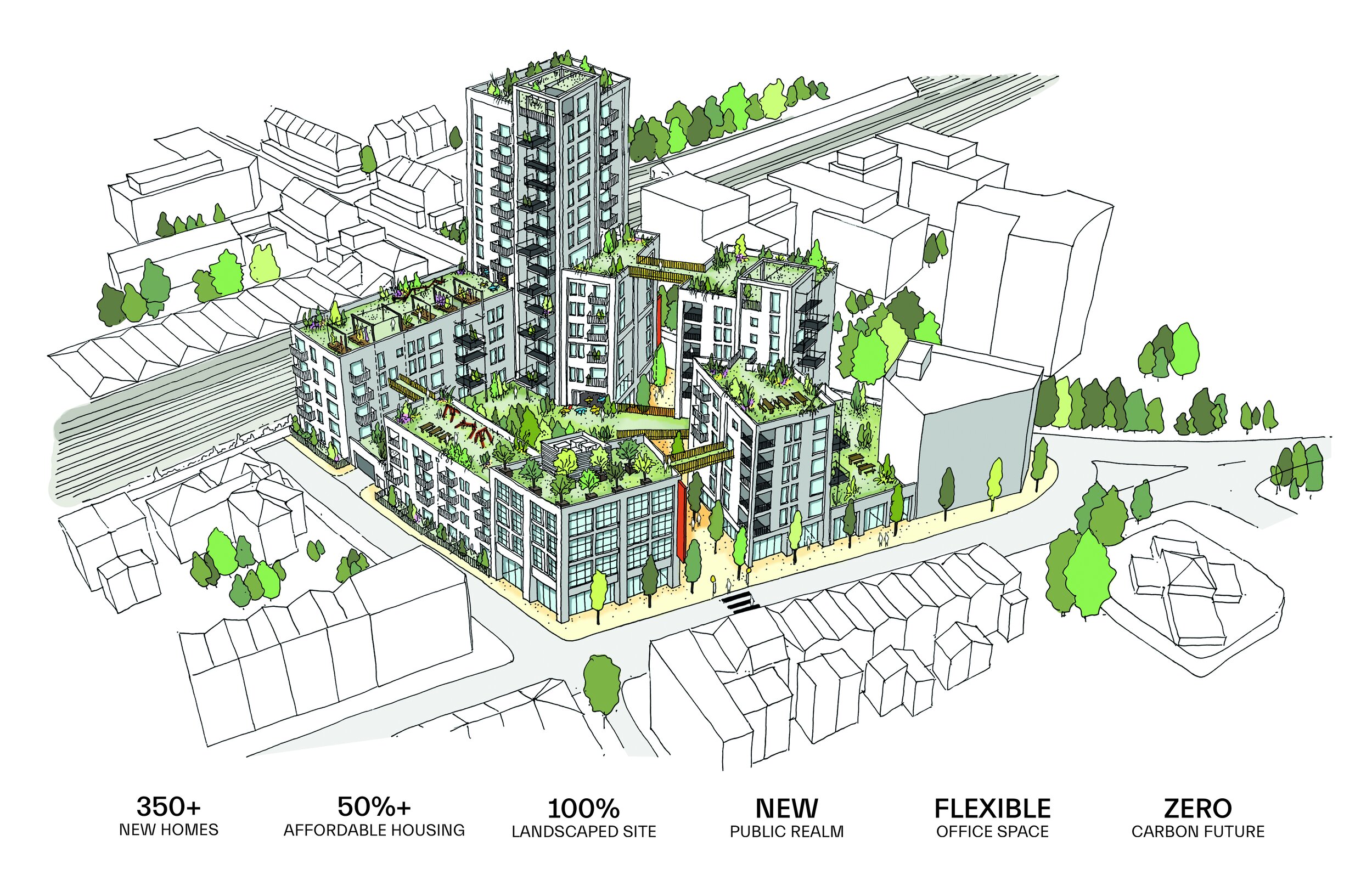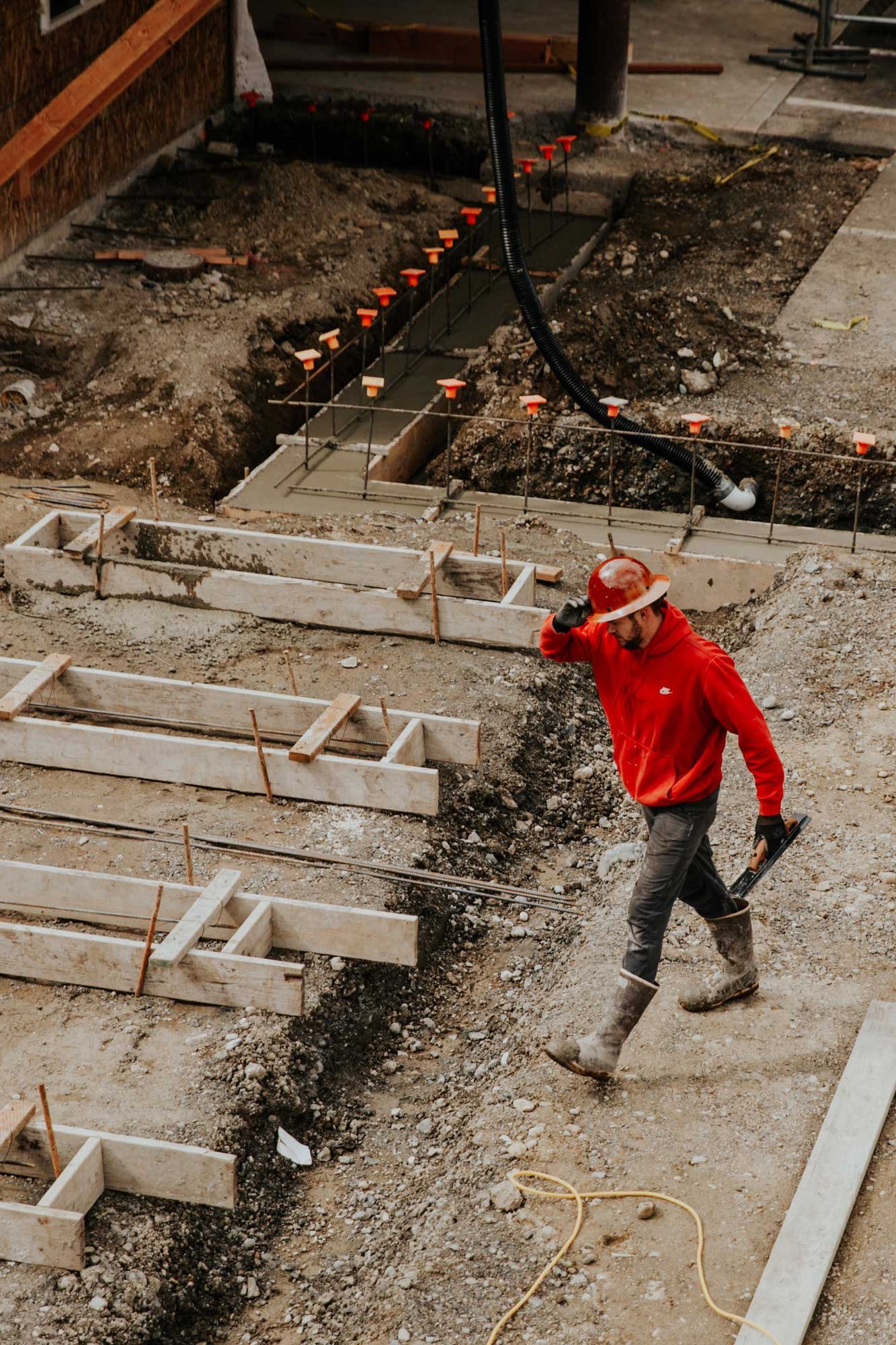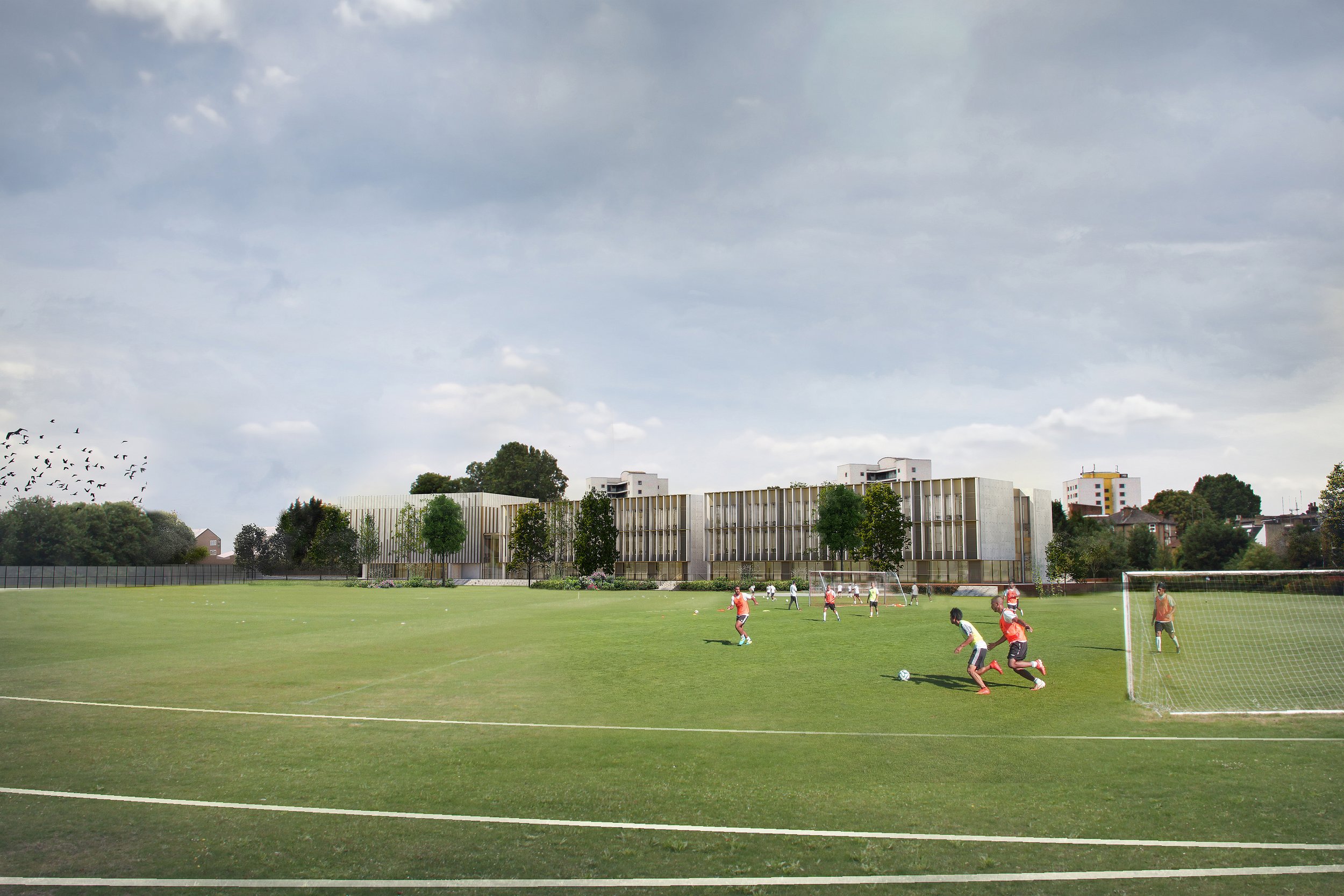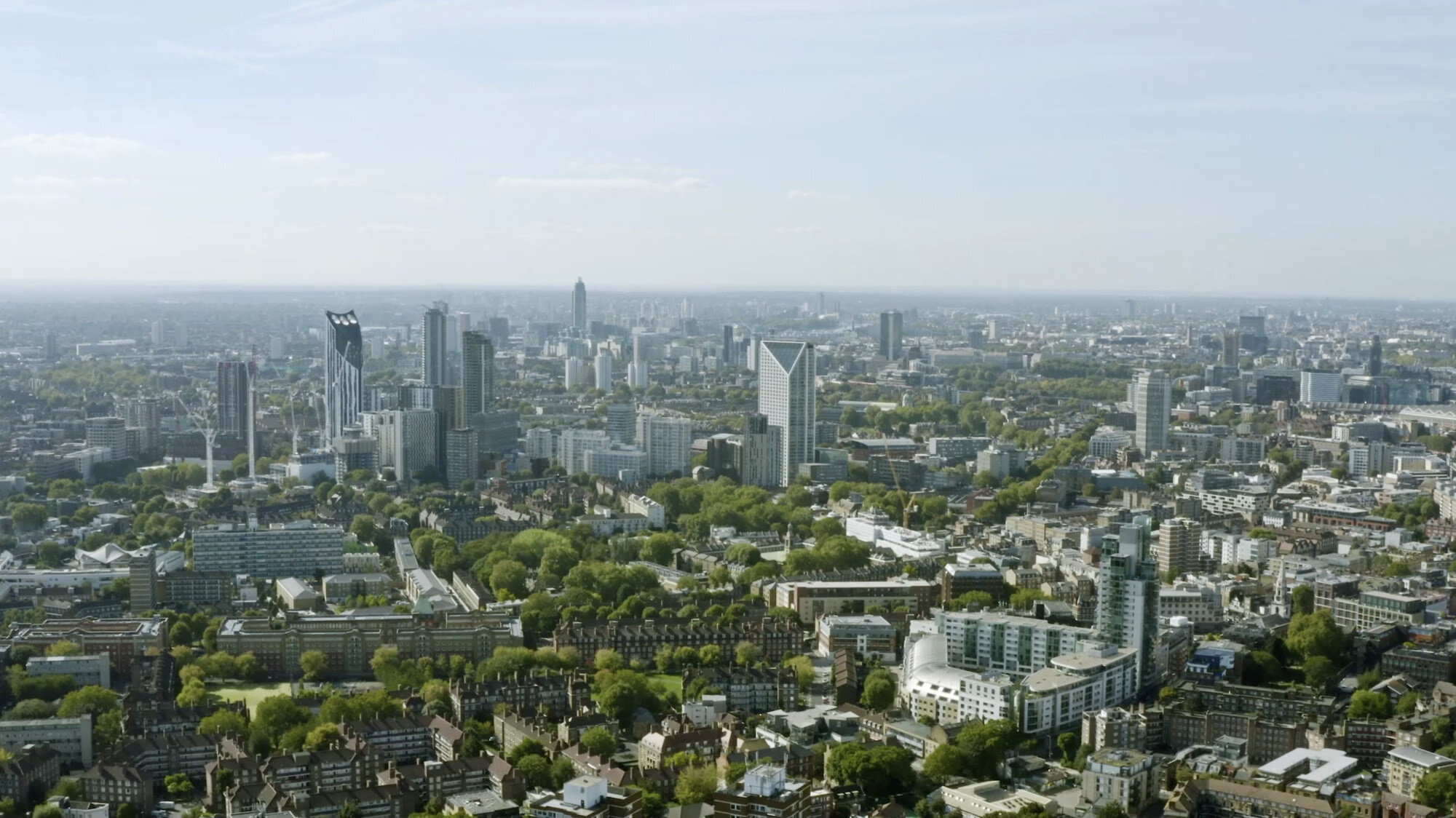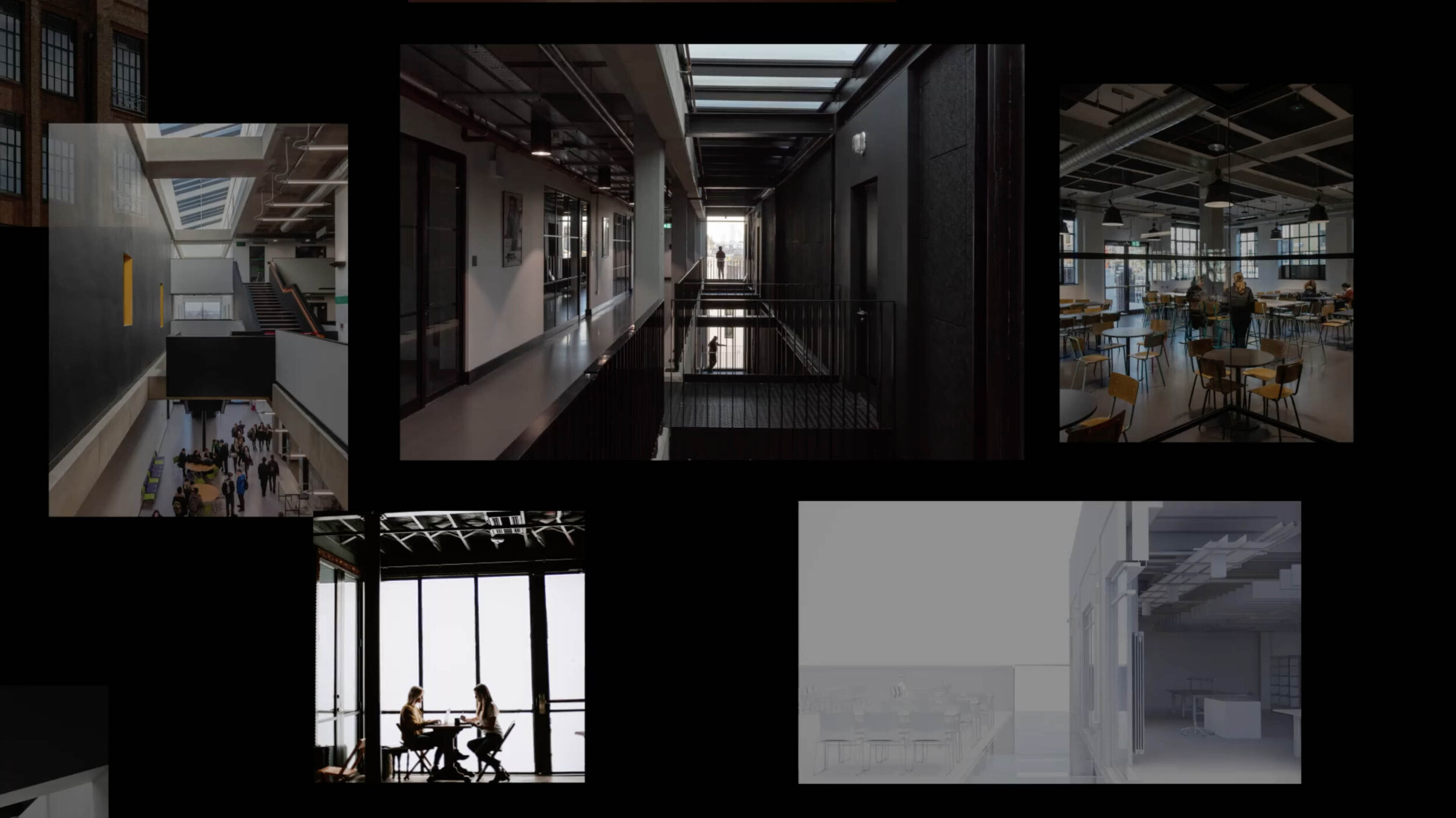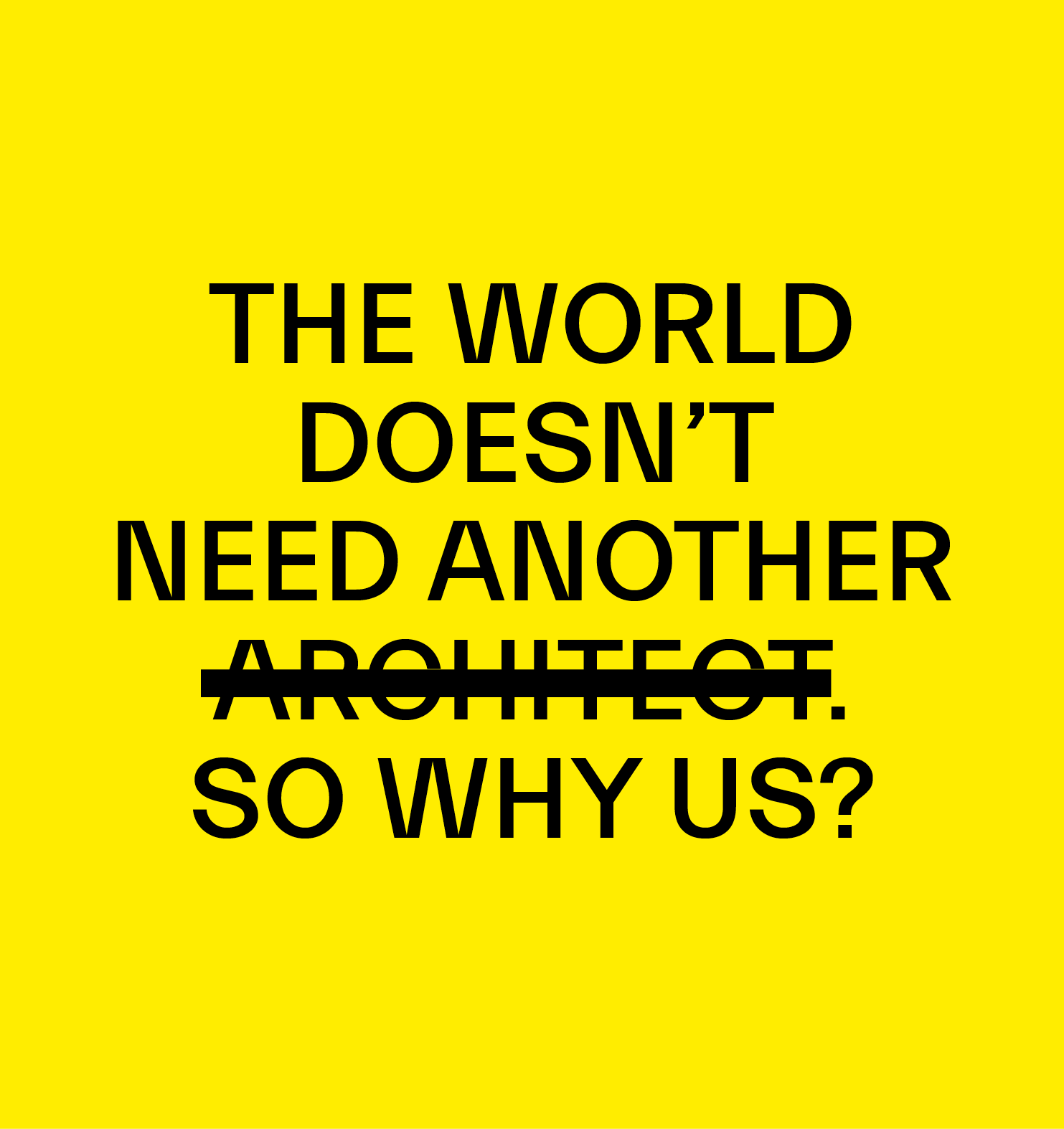Urban architecture plays a crucial role in shaping the way communities live, interact, and thrive. When designed with people at its core, it not only improves the quality of life but also fosters the development of balanced, inclusive, and sustainable communities.
Architecture shapes how communities live and interact. When designed with people in mind, it enhances quality of life, fosters inclusivity, and supports sustainable communities. A development that prioritises inclusivity, integrates affordable housing, diverse social spaces, and amenities for different demographics, promoting social cohesion. Mixed-use developments, where residential, commercial, and recreational spaces coexist, create vibrant neighbourhoods where people want to live.
For families, urban design significantly impacts daily life. Cities that prioritise young families include parks, playgrounds, and pedestrian-friendly spaces, ensuring safe environments for children while fostering community connections. Access to schools and childcare enhances family stability, supporting long-term community growth.
As populations age, designing age-friendly cities becomes essential. Age-friendly spaces encourage intergenerational interaction, preventing social isolation and enhancing community life.
Well-designed outdoor spaces, such as parks and gardens benefit physical and mental well-being. Green areas encourage physical activity, reduce stress, and provide venues for social engagement and cultural events. These spaces create a sense of belonging, enhancing urban liveability.
Ultimately, urban architecture should prioritise sustainability, adaptability, and walkability. Green building practices, diverse housing options, and pedestrian-friendly designs improve quality of life while reducing environmental impact. A well-planned development fosters pride, responsibility, and community investment, creating spaces where people feel at home. By designing for people, cities become healthier, more inclusive, and resilient in the face of urbanisation and demographic change.

ARCHITECTURE IS
PLACEMAKING.
All too often we see generic developments, lacking character, neglecting the context. Instead, architecture should celebrate liveability and enhance peoples lives.
Architecture shapes how we experience and interact with our surroundings. Its more than just creating buildings, architecture defines spaces that foster identity, culture, and community.
We believe that good architecture is founded on core principles: it should respond to its context and cultural identity, respecting and enhancing its surroundings, whether urban, historical, or natural; it must prioritise human scale and interaction, ensuring spaces are not only functional but are intuitive, and welcoming; it should create a emotional experience, engaging people through light, texture, materiality, and spatial organisation; and it must embrace adaptability, allowing spaces to evolve with changing social needs, environmental conditions, and technological advancements.
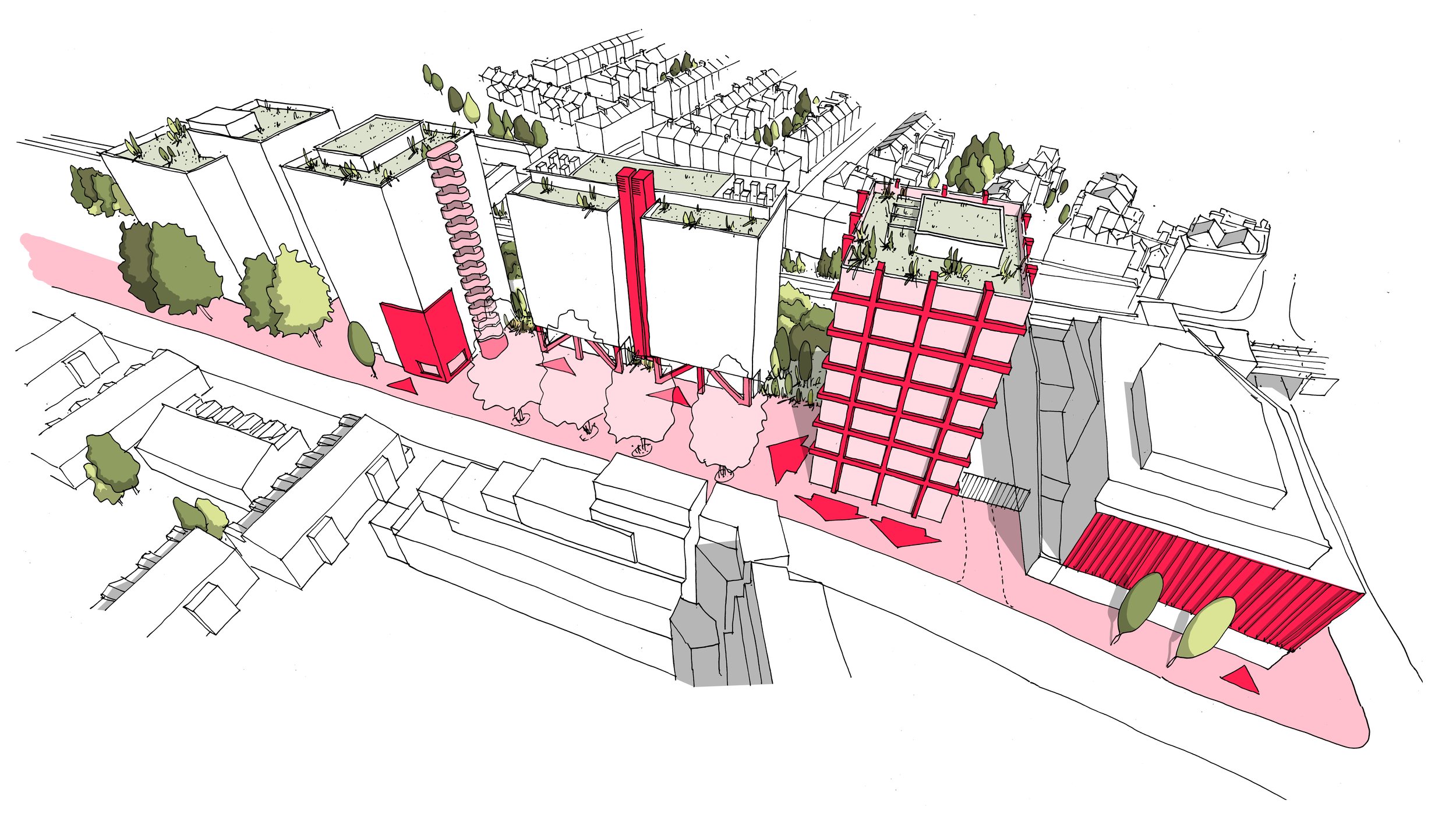
BUILDINGS WITH IDENTITY
NET ZERO CARBON FUTURE
CO-DESIGN COMMUNITY OPPORTUNITY
PUBLIC SPACE FOR ALL
INTEGRATED COMMUNITY FACILITIES
CITIES DESIGNED FOR PEOPLE
The ultimate aim of urban architecture that prioritises people is to create cities that feel like home, not just places to live. When the design of urban spaces supports balanced communities, accommodates the needs of young families and the aging population, and fosters social connections through quality outdoor spaces, it creates a city where people feel both physically safe and emotionally secure.
The benefits of such cities are long-lasting. They promote healthy lifestyles, reduce inequality, encourage social cohesion, and create vibrant communities where people are motivated to stay and raise families. In an age where many cities are dealing with rapid urbanisation and demographic shifts, the importance of designing for people has never been greater.

